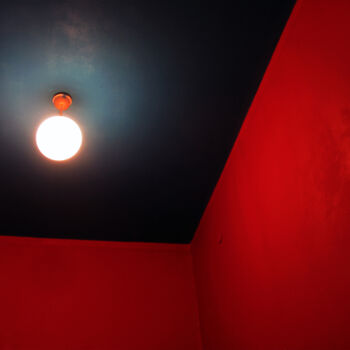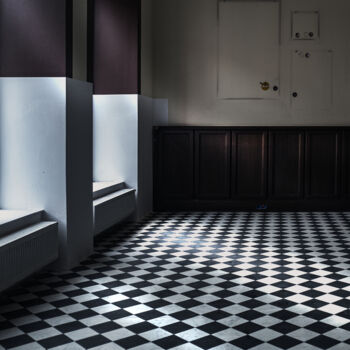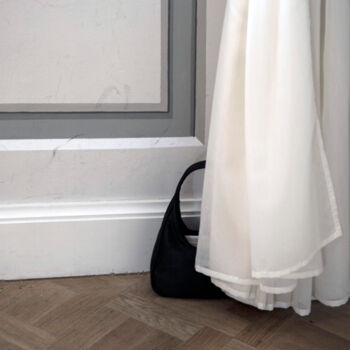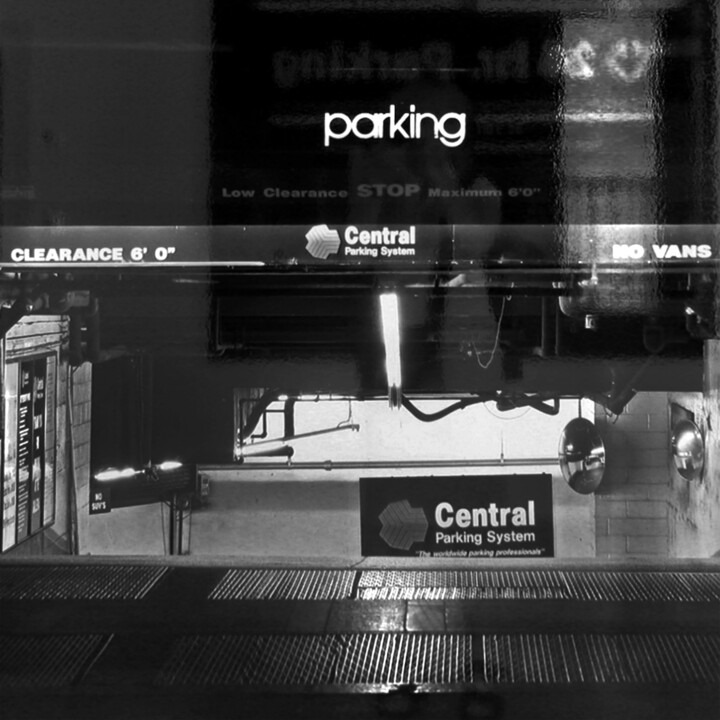

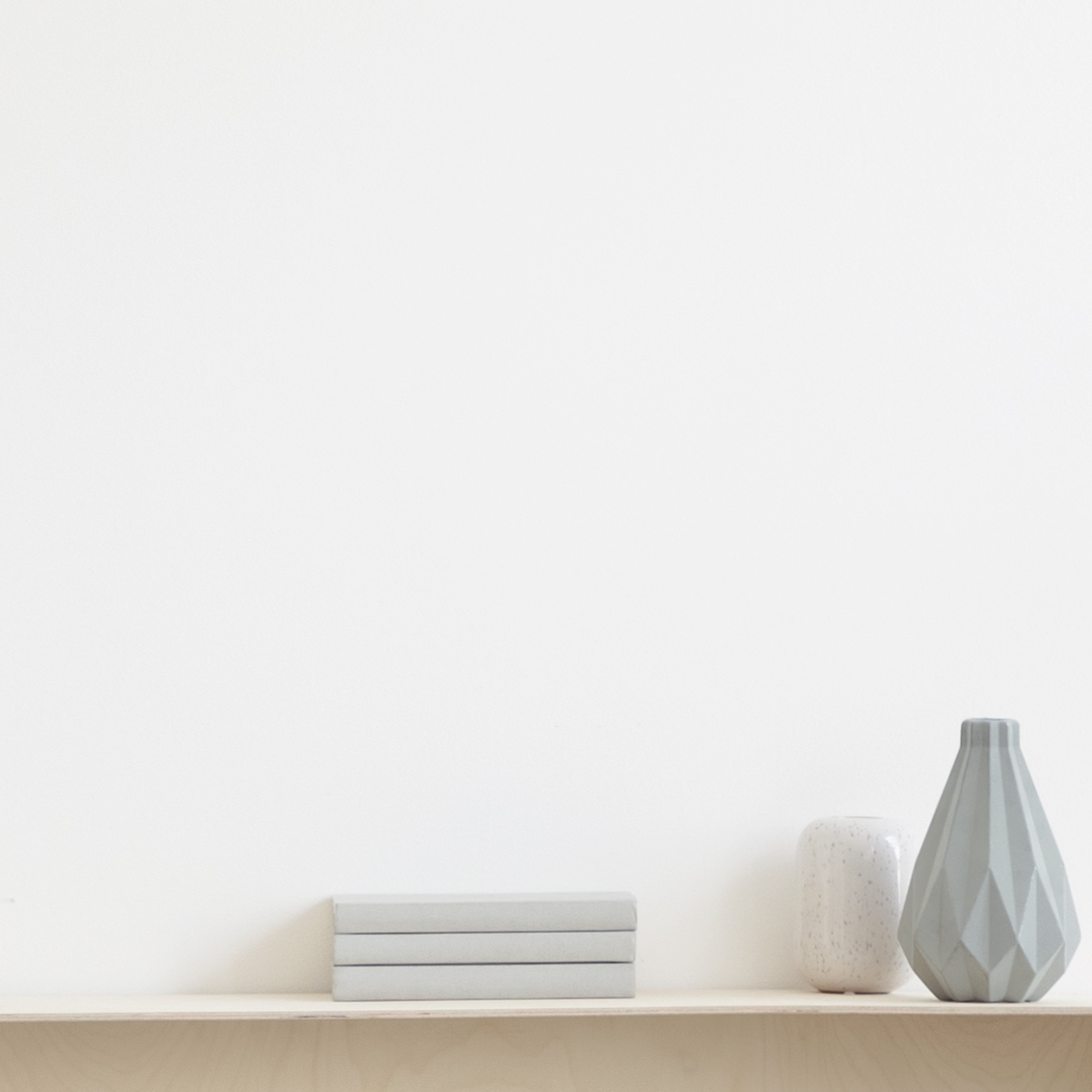
Laat het ons weten als je meer foto's van dit kunstwerk wilt zien!
- Achterkant van het werk / Kant van het werk
- Details / Handtekening / Het oppervlak of de textuur van het kunstwerk
- Kunstwerk in situatie, Ander...
PARKING # 49. FROM THE SERIES: STREET (2007) Fotografie door Marta Lesniakowska
Meer info
- Verpakking (Doos of kartonnen verpakking) Alle kunstwerken worden verzonden met een premium carrier, zorgvuldig beschermd en verzekerd.
- Tracking Opvolging van de levering tot aan de bezorging bij de koper. Er wordt een tracking nummer verstrekt zodat u het pakket in real-time kunt volgen.
- Vertraging Wereldwijde levering in 3 tot 7 dagen (Schatting)
- Douane niet inbegrepen De prijs is exclusief douanekosten. De meeste landen hebben geen invoerbelasting voor originele kunstwerken, maar het kan zijn dat u de verlaagde btw moet betalen. Douanekosten (indien van toepassing) worden bij aankomst berekend door het douanekantoor en worden apart in rekening gebracht door de vervoerder.
Meer info
- Volgbaar online certificaat van echtheid Echtheidscertificaten kunnen op elk moment online worden geverifieerd door de code van het kunstwerk te scannen.
- Certificering van de Kunstenaarswaarde De experts bestuderen het werk en de carrière van een kunstenaar om een onafhankelijke en vetrouwbare gemiddelde waarde vast te stellen. De gemiddelde waarde stelt de kunstenaar in staat zich voor een bepaalde periode in een prijsklasse te plaatsen. Ook kan aan de deskundige gevraagd worden om een precieze schatting te geven voor een specifiek werk.
Meer info
100% veilig betalen met SSL-certificaat + 3D Secure.
Meer info
-
Origineel Kunstwerk (One Of A Kind)
Fotografie,
Digitale fotografie
/
Niet gemanipuleerde fotografie
op Papier
- Dimensies Hoogte 15,8in, Breedte 15,8in
- Staat van kunstwerk Het kunstwerk is in perfecte staat
- Framing Dit kunstwerk is niet ingelijst
- Categorieën Foto's onder US$ 5.000 Street Art stad
Ale „Parking #49” ma także inne konteksty. To, o czym opowiada, jest obrazem współczesnego miasta i kultury konsumpcji, której reprezentacją jest centrum handlowe i jego wierny odpowiednik, podziemny garaż. Tutaj, jak zauważył T.J. Clark, konsumpcja i rozrywka łączą się wytwarzając formy towarzyskości nowej ery. Te miejsca (wraz z hotelem), pozbawione wyróżniających cech, są więc specyficznymi znakami rozpoznawczymi w przestrzeni miasta, będąc zarazem krytycznym komentarzem kultury konsumpcji jako współczesnej rozrywki. (ml)
"Among the many ways of combating nothingness, one of the best is photography..." (Julio Cortázar, The Babe of Summer). In street photography, it is the randomness, the momentary that decides, problematising each time Henri Cartier-Bresson's theory of the decisive moment when the photographer's eye is able to perceive the composition in space and freeze the unique moment when I intuitively press the shutter. I photographed the entrance to the underground car park using a filmic subjective camera technique (point-of-view shot): the central, strictly axial frame is a record of the driver's point of view, which is mediated by the viewer as the subject of the gaze. The seemingly banal fragment of the city reveals the play of light and dark, the relationship between sharp and blurry, the interpenetration of images and their equivalence, which brings out the existence of parallel worlds resulting from the splitting of reality, its duality, as Jean Baudrillard puts it. This reveals the essence of the image, when "underneath the revealed image there is another image, more faithful to reality, and underneath this image there is yet another, and underneath this again another, until the true image, the absolute mysterious reality that no one will ever see, perhaps only after the unfolding of each image, of each reality" (Michelangelo Antonioni on his film 'Blow up'). So, as in my other work, here I am engaged in a metamodern dialogue with the modernist aesthetic of film noire and its dark atmosphere, as well as with the master of 20th-century street photography Saul Leiter.
But 'Parking #49' also has other contexts. What it is about is a depiction of the contemporary city and the culture of consumption, of which the shopping mall and its faithful counterpart, the underground garage, are a representation. Here, as T.J. Clark has noted, consumption and entertainment combine to produce forms of new age sociability. These places (along with the hotel), devoid of distinctive features, are thus specific landmarks in the urban space, being at the same time a critical commentary on the culture of consumption as contemporary entertainment. (ml)
Collector's digital photography, b/w. Digital print on Hahnemühle Photo Rag Baryta 315g (semi-flash), archival paper, acid-free, signed on the front and on the reverse , dated 2007/ print 2022 life time print. Format: 40x40 cm in the light of the image, aper format 50X50 cm. Certificate of Authenticity. Archived file: IMG_0049=.raw
Marta Lesniakowska is beeldend kunstenaar, maar tegelijkertijd ook historica en kunstcriticus, ze doet onderzoek naar beeldcultuur. Dit is wat zijn benadering van fotografie bepaalt: een strategie van de "blik die onthoudt", die vertrouwde beelden uit de kunstgeschiedenis oproept om ze over te dragen/intertextualiseren. Haar dialoog met hen bestaat erin zich af te vragen of het mogelijk is hun betekenissen op te roepen en wat ze vandaag zijn of kunnen zijn. Ze is gefascineerd door licht - de rol ervan in de constructie van het beeld, het parergon dat het beeld creëert. Daarom analyseert ze in straatfotografie het samenspel van licht en donker, de relatie tussen scherpte en onscherpte en het doordringen van beelden als gelijktijdige realiteiten. Zo brengt ze het mysterieuze karakter van de stad naar voren, verwijzend naar de esthetiek van de zwarte cinema en naar de meester van de 20e-eeuwse straatfotografie, Saul Leiter.(ml)
Als ze fotografeert, is niets meer of minder belangrijk voor haar; zijn blik wordt vaak beheerst door de principes van minimalistische dichters: een economie van detail, de ontdekking van subteksten en insinuaties die verborgen zijn in onzichtbare objecten en stukjes alledaagse realiteit.
Marta Lesniakowska woont en werkt in Polen. Zijn werken maken deel uit van openbare collecties (Nationaal Museum in Wroclaw, Museum van Bydgoszcz) en privécollecties (Nederland, Denemarken, Duitsland, Zweden, Zwitserland, Verenigde Staten).
-
Nationaliteit:
POLEN

- Geboortedatum : onbekende datum
- Artistieke domeinen: Werken van professionele kunstenaars,
- Groepen: Professionele artiest Hedendaagse Poolse Kunstenaars




